In the memories of journalists of this period, this was an extremely difficult period but also full of unforgettable memories.

Special reporting methods
The first issue of the National Salvation newspaper was published on January 25, 1942. Comrades Truong Chinh and Le Quang Dao were directly in charge of the newspaper. At that time, there was no organization of an editorial and editorial office, but each period, couriers brought articles and news to the printing house so that the printing house could freely present them on the newspaper pages. Sometimes, Comrade Nguyen Khang personally went to the printing house to inspect the work.
At the end of 1944, journalist Xuan Thuy was released from prison and assigned to be in charge of the newspaper. Later, Mr. Pham Van Hao and Mr. Tran Huy Lieu were also released from prison, initially forming the editorial model. In his memoir “The Journey of the National Salvation Newspaper”, journalist Xuan Thuy recalled: “I was directly responsible for the newspaper, so when the editorial meeting took place, I presented the format of the newspaper according to the number of papers I had. The papers were secretly transferred from Hanoi . How many pages, what was the main issue, what were the sections, what were the articles... The editorial board agreed on who would write which article, then set a date for submission, then each person went their separate ways... When the article was edited, I had to bring it to the National Salvation groups to read to the brothers and sisters, see if they understood and gave any comments, then I would bring it back to edit. Only then would the newspaper be closer to the readers.”
Journalist Nguyen Van Hai, manager of the National Salvation Newspaper, said: Due to the secret operation situation, the enemy's strict terror, and difficult printing conditions, the newspaper was published irregularly, especially in the beginning, only one issue was published every few months. For example, issue 3 was published on March 5, 1943, issue 7 was published on July 15, 1943. Up to now, it has been determined that from the beginning (January 25, 1942) to the day of the General Uprising, the newspaper published a total of about 20 - 21 issues. From the end of 1943 to the beginning of 1944, the newspaper was published more regularly every month. During the pre-uprising climax, the newspaper published more. The newspaper was usually published in 4 pages, 27 x 38cm in size, on many different types of paper: Do paper, ban paper, sometimes even "daily paper", "white Chinese paper", with a print run of 500 - 1,000 copies, mainly printed by lithography.
Journalist Nguyen Van Hai in the book “Cuu Quoc Newspaper 1942 - 1954” said: “It was called a printing house, but in fact there were only a few stones, a little ink, printing paper, a few rollers and miscellaneous tools, sometimes placed here, sometimes placed there, in people’s rooms, at the locations they moved to. The printing house of Cuu Quoc Newspaper was named Phan Dinh Phung Printing House, the printing house of Co Giai Phong Newspaper was named Tran Phu Printing House”.
In the book "Xuan Thuy, an outstanding political activist, diplomat, journalist, and great poet", journalist Xuan Thuy shared: "Regarding the lithography method, we bought stone at Chua Tram mountain, about twenty kilometers from Hanoi. Here, people split the stone into slabs to make tabletops. We chose white stone slabs without veins, thicker than 1 cm, 60 cm long, 45 cm wide, sometimes smaller, at least two slabs. When we brought the stone back, we used a rough stone to grind the surface of the white stone slab until it was smooth and flat, then used a knife whetstone to grind it again until it was really smooth. Each time we grinded, we sprinkled water to make it smooth, finally washed the white stone slab thoroughly with water and let it dry. When it was dry, just looking at the presentation model, used an iron pen tip dipped in charbonnese ink to write and draw on the surface of the stone slab. All the letters and drawings were written in reverse. There had to be paper to prevent sweat or fingerprints from sticking to the objects we were working on. Then, we used diluted lemon juice to wash the stone surface until only the letters remained. Write, and the drawing is imprinted on the stone. Wait for the stone to dry before printing. Before printing, use clean water to rub the stone surface to wet it. One person holds a roller (a wooden roller, covered with felt, and the felt is covered with a layer of bicycle inner tube) and presses it into the ink that has been poured on a thin piece of iron, rolling the roller on the stone surface. The ink does not stick to the wet part of the stone, but seeps into the imprinted lines of the writing and drawing. Another person places a piece of paper without words and drawings on the surface of the stone that has been rolled with ink, and uses another dry and clean roller to roll it over the surface of the paper. Peel off the paper to make a newspaper. After printing this sheet, put another sheet on the stone surface and do the same again. About 300 sheets can be printed each day. If the newspaper prints two or four pages or more, many stone plates, many people must work, in the same way as above. After printing, the stone plates are washed with lemon juice and ground again for next use.
Writing forward letters beautifully is difficult, writing backward letters beautifully and neatly is even more difficult. Yet our revolutionary journalists, more than 80 years ago, were very proficient in writing backward, and they wrote backward on stone. Because only by writing backward on stone could we carry out the lithographic printing technique, instead of mass printing like today.
Secret editorial office and printing house "in the heart of the people"
The printing house location during this period had to be kept absolutely secret. The Cuu Quoc Newspaper printing house was located in Lieu Khe commune (Song Lieu), Thuan Thanh district, Bac Ninh province. The people arranged it in a closed room at the end of the house, where it was used to store bags, rice, baskets of old clothes, and other miscellaneous items. The door was always closed, the air was damp, filled with the smell of rice, clothes, and old blankets. On days when they went on business trips, the printing house staff had to leave at around 4am and return at dusk. The owner of the house had prepared a "dog hole" in the fence instead of going through the main gate. On days when they were at the newspaper printing house, the owner had to make a small gap in the roof or gable wall to get light. The owner would help with meals to keep the staff secret. However, to ensure safety, the printing house staff always had escape plans ready if the enemy came.
In July 1944, the Cuu Quoc Newspaper printing house moved to Ha Dong. At first, it temporarily stayed at Mrs. Hai Lam's house in Van Phuc, then moved to Doi hamlet, Tien Lu village, Chuong My district, next to Dai On church, overlooking Tram pagoda. This location was a hill with many trees and few houses, so it was quite secure. In his memoir “National Rescue Newspaper 1942 - 1954”, journalist Nguyen Van Hai told the story of “running from the enemy” as follows: “At this time, it was the 27th and 28th of Tet, the brothers felt that the enemy had caught their scent, it was not very good. The Party planned to change the location, but early in the morning, the district chief sent soldiers to surround it because someone reported that counterfeit money was being printed here. Mr. Xuan Thuy ran out and hid inside. Mr. Le Vien quickly carried all the stone slabs, paper and ink to the prepared cave behind the house. Mr. Vien had time to climb back up the cat-ear rock to the mountain behind when the enemy kicked the door in. They searched but found nothing, although the stove still had a fire and a pot of sticky rice. They searched for a long time but could not find anyone so they had to go home. After that, some people spread the word that “Viet Minh had the magic of invisibility, clearly there were people in the house but they could not catch anyone”.
To keep it secret, in April 1945, the Cuu Quoc Newspaper office moved to Thu Que village, Song Phuong commune, Dan Phuong district, then moved to Van Phuc before moving to the capital after the General Uprising was successful. According to journalist Xuan Thuy, the editorial office was located in Thu Que in a deprived condition, "it was both a pigsty, a kitchen, and a place for daily work", writing, meetings, and eating took place on a single bamboo bed. And journalist Xuan Thuy had a few verses to depict the scene and the iron will of the revolutionary journalists as follows: "Literature has overwhelmed the smell of the pigsty/ Smoke and fire further fueled the will to destroy the enemy/ The bamboo bed is strong and sturdy/ This time the fascists will be reduced to ashes!"
Journalism in the secret period was full of dangers, hardships, and deprivations on all sides, but with revolutionary enthusiasm and a pioneering spirit on the ideological front, our journalist-soldiers overcame everything to join the nation in the victorious General Uprising in the fall of 1945...
Source: https://hanoimoi.vn/lam-bao-cuu-quoc-thoi-ky-bi-mat-705912.html








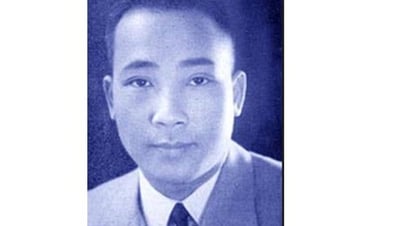

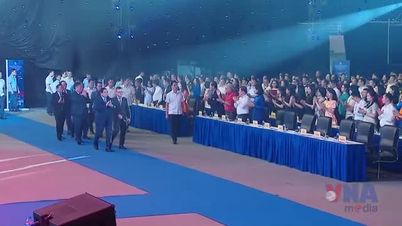

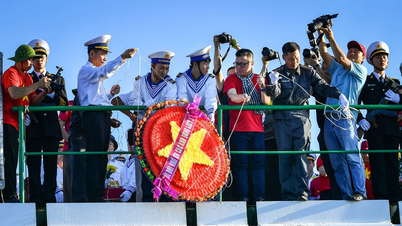


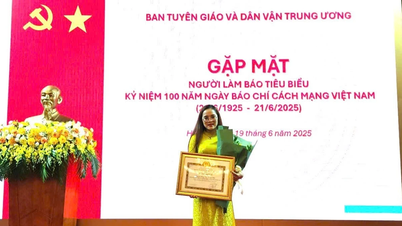


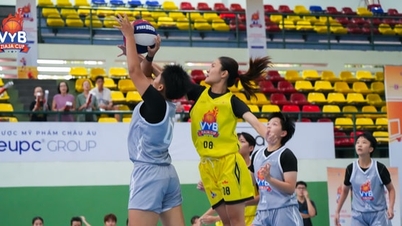
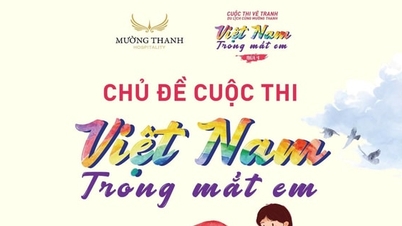
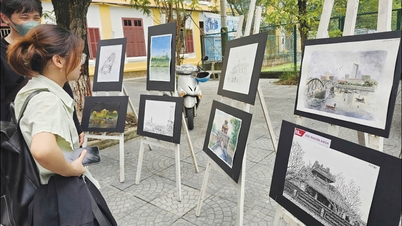

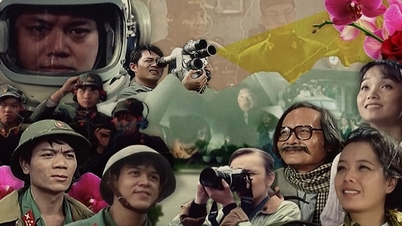
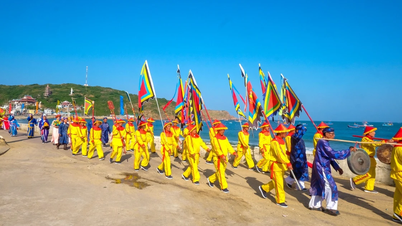

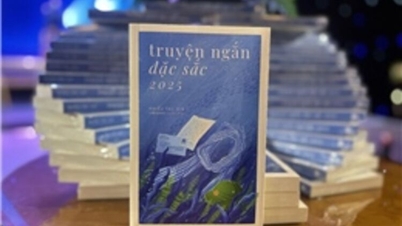






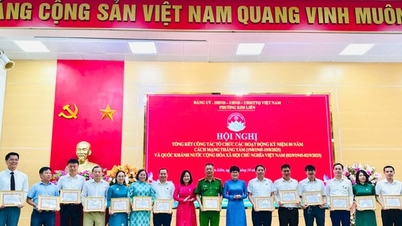
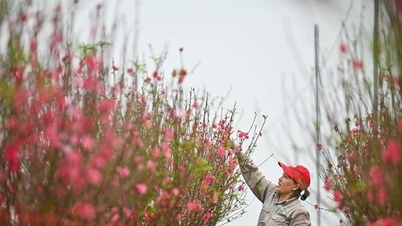
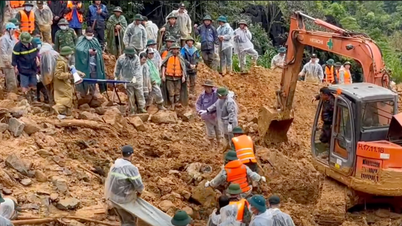
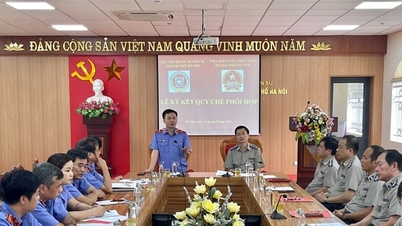












































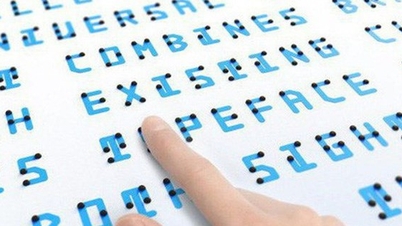




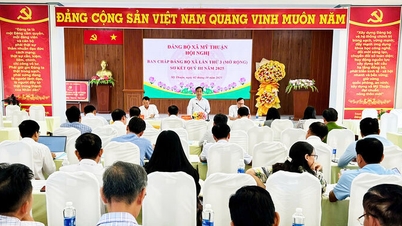
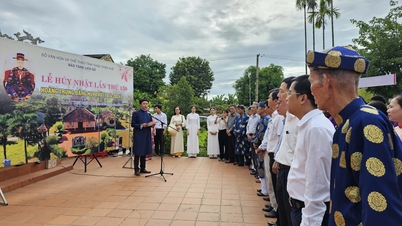
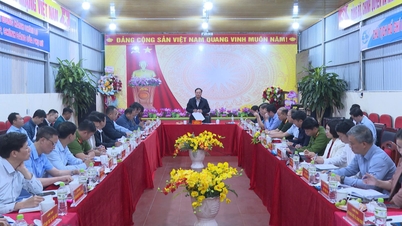
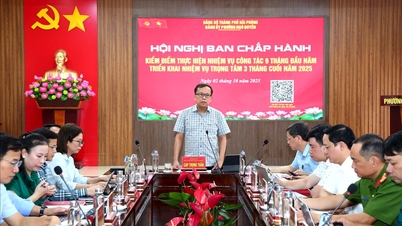















Comment (0)